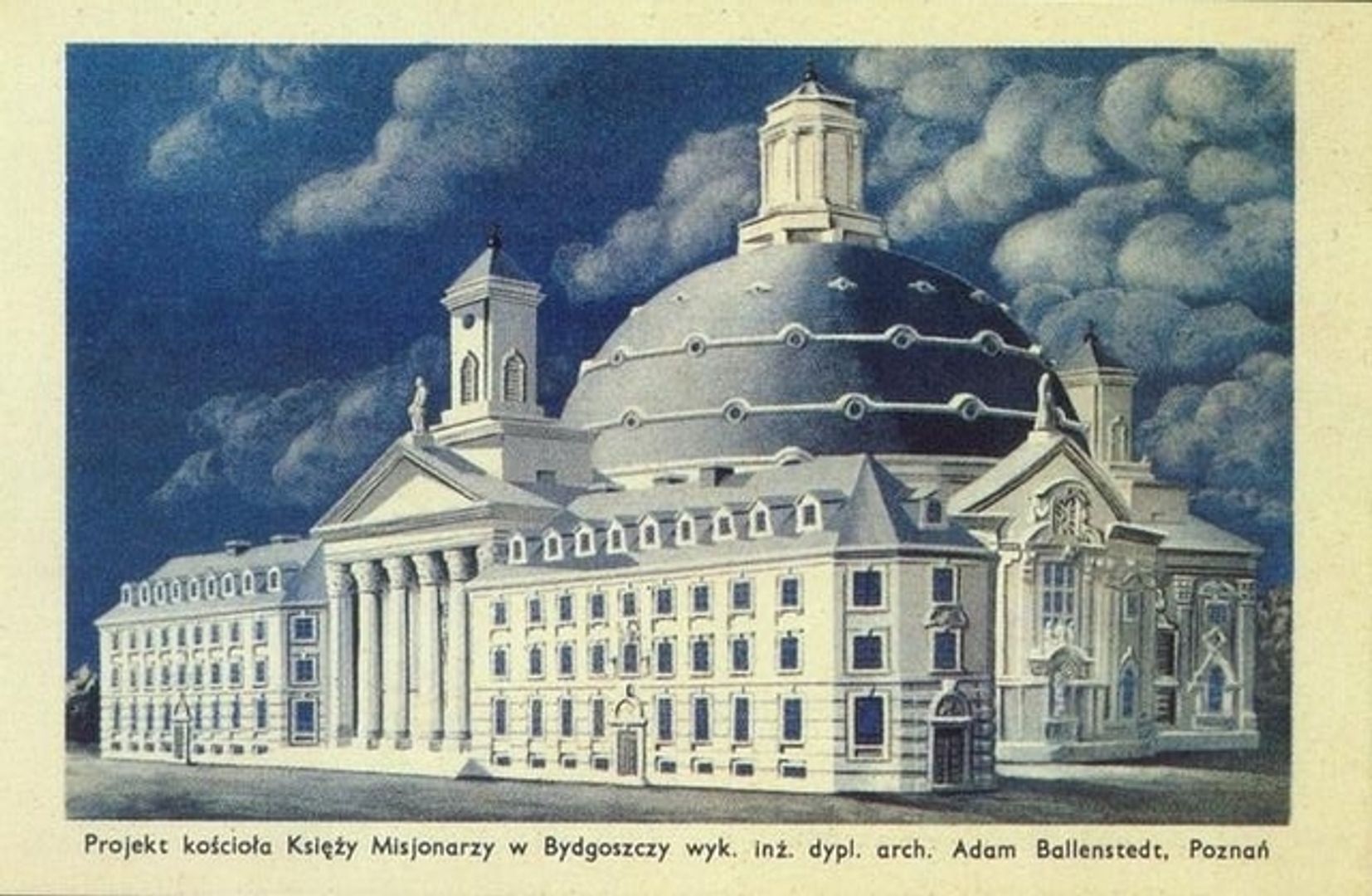Basilica of St. Vincent de Paul in Bydgoszcz
7.43

Overview
The Minor Basilica of St. Vincent de Paul in Bydgoszcz is a Roman Catholic church built in the neoclassical style, designed by Adam Ballenstaedt and modeled on the Roman Pantheon. Construction of the church began in 1924, and its monumental character was intended to symbolize gratitude for the return of Pomerania to Poland and to commemorate the 300th anniversary of the Congregation of the Mission (Vincentian Fathers). The parish was established in 1925, and by the end of the 1930s, most of the construction work had been completed. However, in 1939, the church was seized by German troops and subsequently severely damaged. After the war, in 1945, missionaries from Kraków undertook the reconstruction of the temple, which lasted for many years. In 1997, Pope John Paul II elevated it to the rank of a minor basilica.
The interior architecture of the basilica is rich in details, such as marble pilasters, coffered ceilings with rosettes, and mosaics designed by Prof. Wiktor Zin. At the center stands the main altar with a Crucifixion group and six side altars, which resemble the aedicules of the Roman Pantheon. Notable features include the suspended mosaic "The Creation of the World" located in the western arcade of the church, and the unique "Doors of Blessings" created by Bydgoszcz sculptor Michał Kubiak.
The parish's activities extend beyond pastoral care to include social assistance, such as a soup kitchen for the poor and charitable works like a shelter for the homeless. The parish also runs the Vincentinum choir, which has been active since 1928.
Location
Tickets
Powered by GetYourGuide
2025 Wizytor | All Rights Reserved